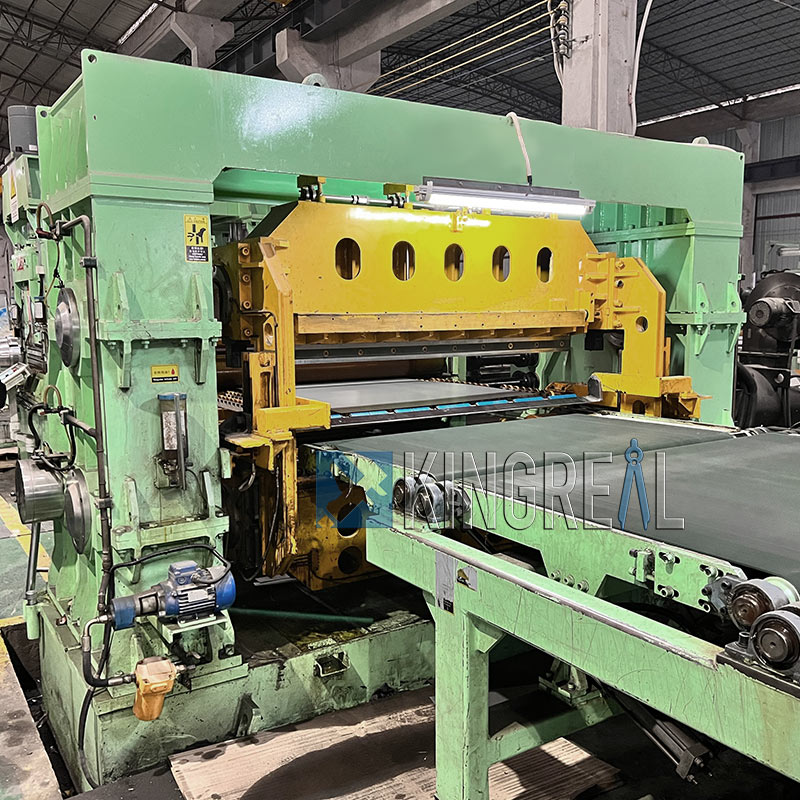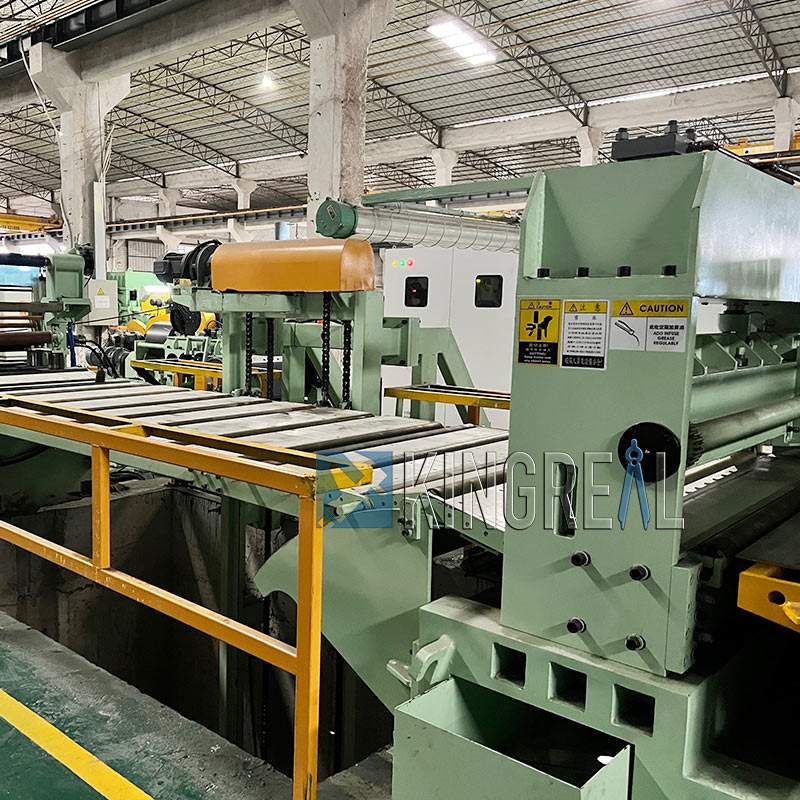How does the Fly Shearing Line work?
Fly shearing applications typically involve “on-the-fly” cutting of a moving web of material into predetermined lengths without stopping the movement of the material web. Although fly shearing maximize productivity.
But since the material doesn’t slow down or stop during the cutting process, implementing it can be a particularly challenging application, as the cutting tool must precisely synchronize the web with the material otherwise, the cut may happen in the wrong place or not complete, resulting in material scrap and downtime.

Considering a type of reference/slave system where the motion of the driven axis is determined by the motion of the reference axis, a fly shearing application is usually defined in 4 phases:
Acceleration: Shear is accelerated to match the velocity of the web of material.
Synchronization: When the shear speed exactly matches the speed of the material web, the shear switches to a constant speed and maintains that speed while performing the cutting operation.
Deceleration: Once the cut is complete, the shears are rapidly decelerated to minimize the amount of material movement that occurs during this phase.
Reposition: The share is moved back to its original position so that the cycle can be repeated for the next cut.

There are 2 sub-types of fly shearing: parallel, in which the cutting tool moves parallel to the material flow, and angled, in which the cutting tool moves at an angle to the material flow.Parallel flying shears are used when the entire cut is made at once, for example using a blade or punch tool that spans the width of the material to be cut.
Tools such as saws or plasma cutters must be moved over the material to make a cut. In these cases, if the tool simply makes a straight cut on the material while the web is moving, the resulting cut will be an angle. But the goal is usually to achieve a straight cut on the material, which means that the cutting tool must move at an angle to the material flow.
The angle and speed of tool movement, and the speed of the web of material, determine the angle of cut. For a given web speed, the greater the angle of tool motion, the faster the tool must traverse the web to achieve a 90° cut, directly across the material web.
If you want to know more about the fly shearing line, please visit our website.








 +86-137 0285 5825
+86-137 0285 5825  sales@kingreal.org
sales@kingreal.org jet-clima
jet-clima